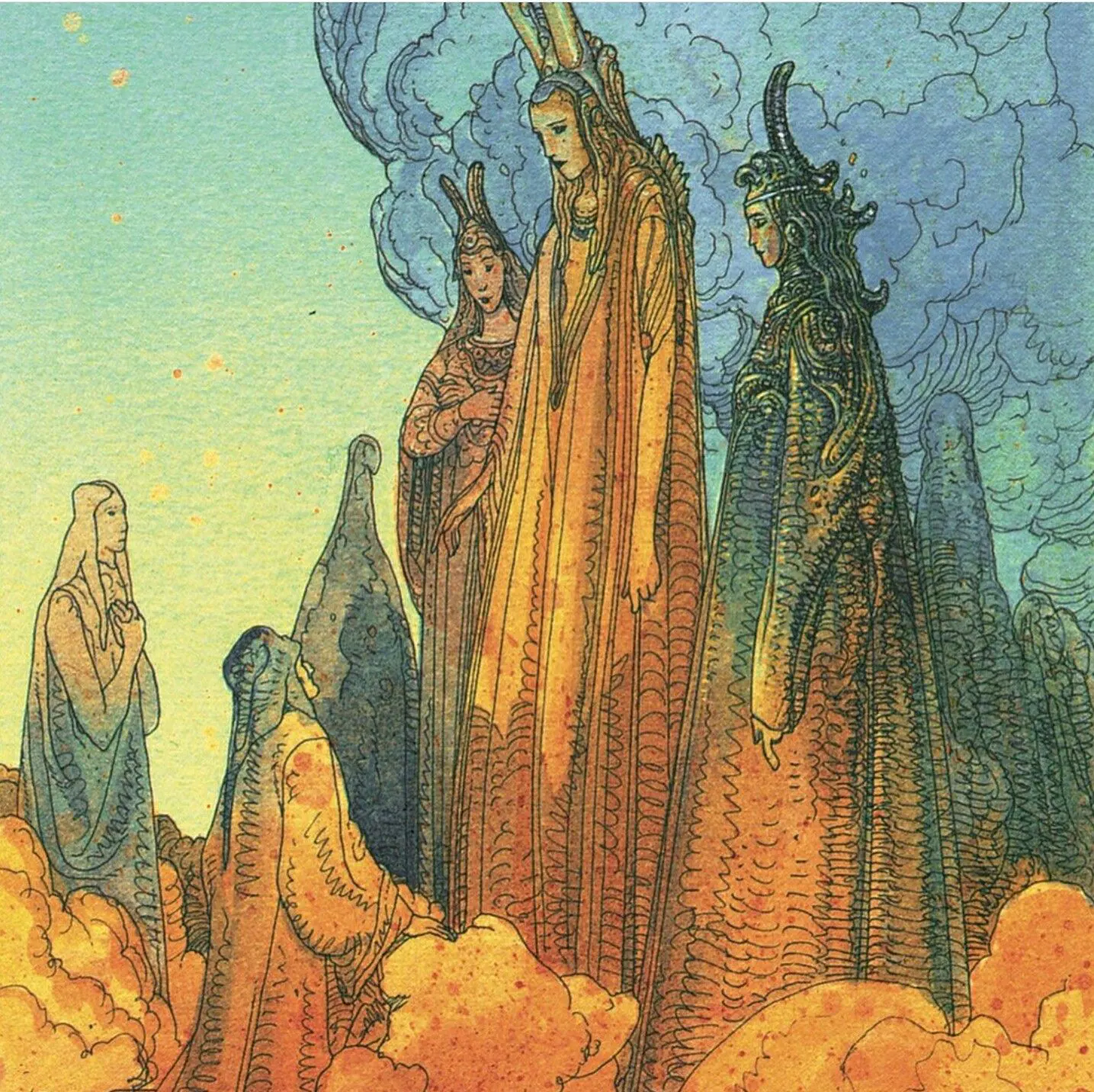“the Love that moves the Sun and all the other Stars”
Paradise, XXXIII, Divine Comedy
Illustrated editions of The Divine Comedy by Dante Alighieri have been popular since the poem’s creation in the early 14th century. The vivid imagery and allegorical nature of the text lend themselves well to visual interpretation. Over the centuries, many artists have created illustrations for the epic poem, which is divided into three parts: Inferno (Hell), Purgatorio (Purgatory), and Paradiso (Paradise).
Below are some notable illustrated editions and artists associated with The Divine Comedy.
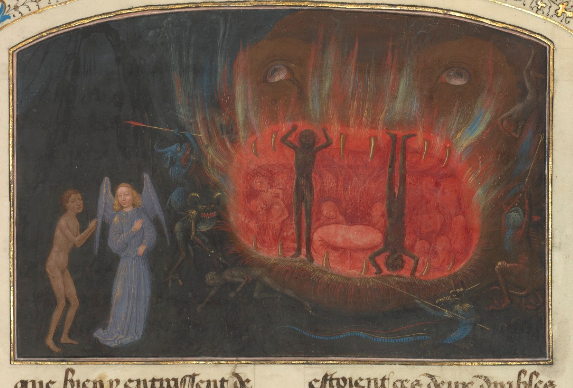
Early Manuscript Illustrations
14th–15th Century: The earliest manuscripts of The Divine Comedy were often illuminated with miniatures. These illustrations were typically created by anonymous artists and varied in style depending on the region and patron.
Example: The Egerton 943 manuscript in the British Library contains early 14th-century illustrations.
Sandro Botticelli (1445–1510)
Botticelli created a series of drawings to illustrate The Divine Comedy in the late 15th century. These works are highly detailed and were commissioned by Lorenzo di Pierfrancesco de’ Medici.
His illustrations for Inferno are particularly famous, with intricate depictions of Dante’s journey through Hell. Many of Botticelli’s original drawings are held in the Vatican Library and the Berlin State Museums.
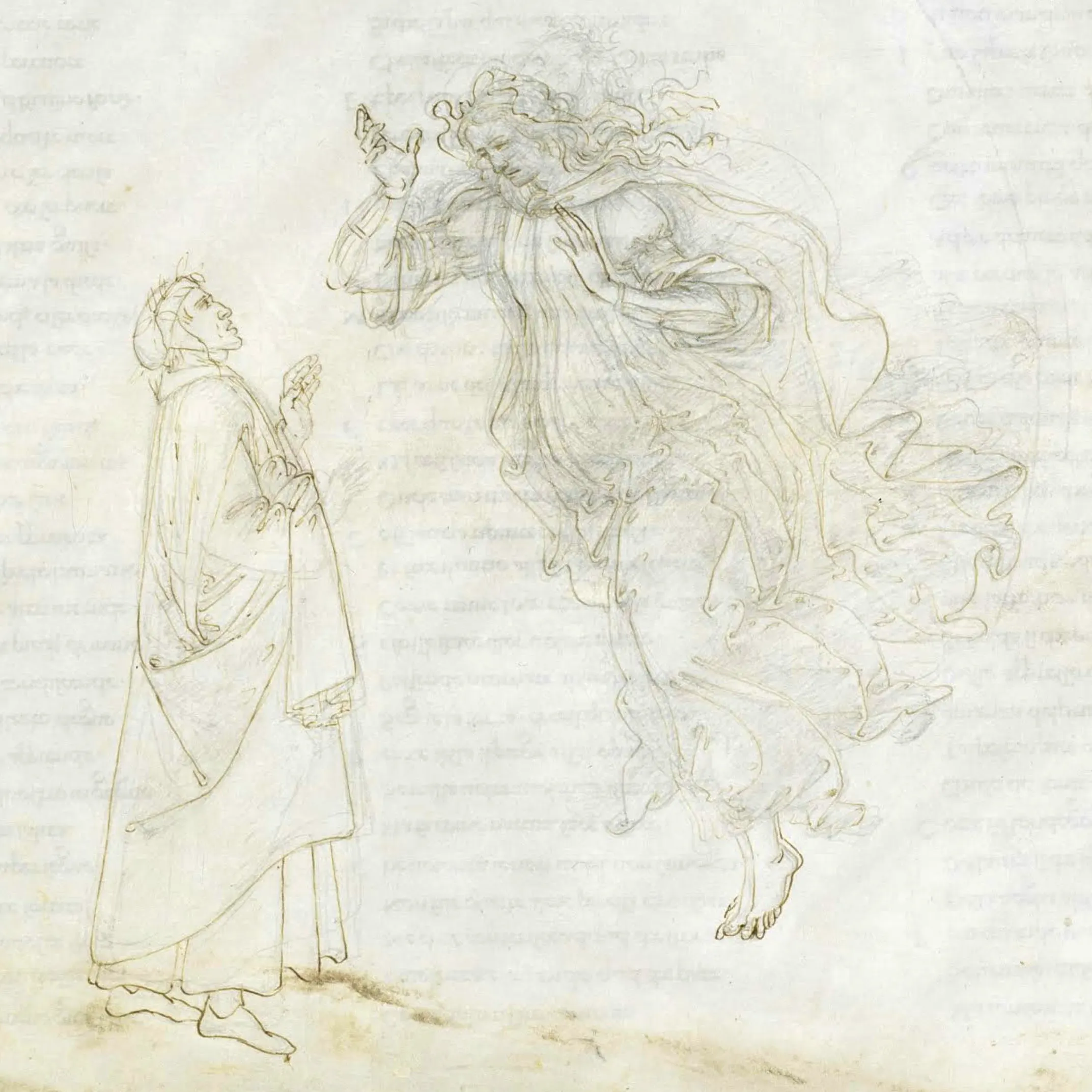
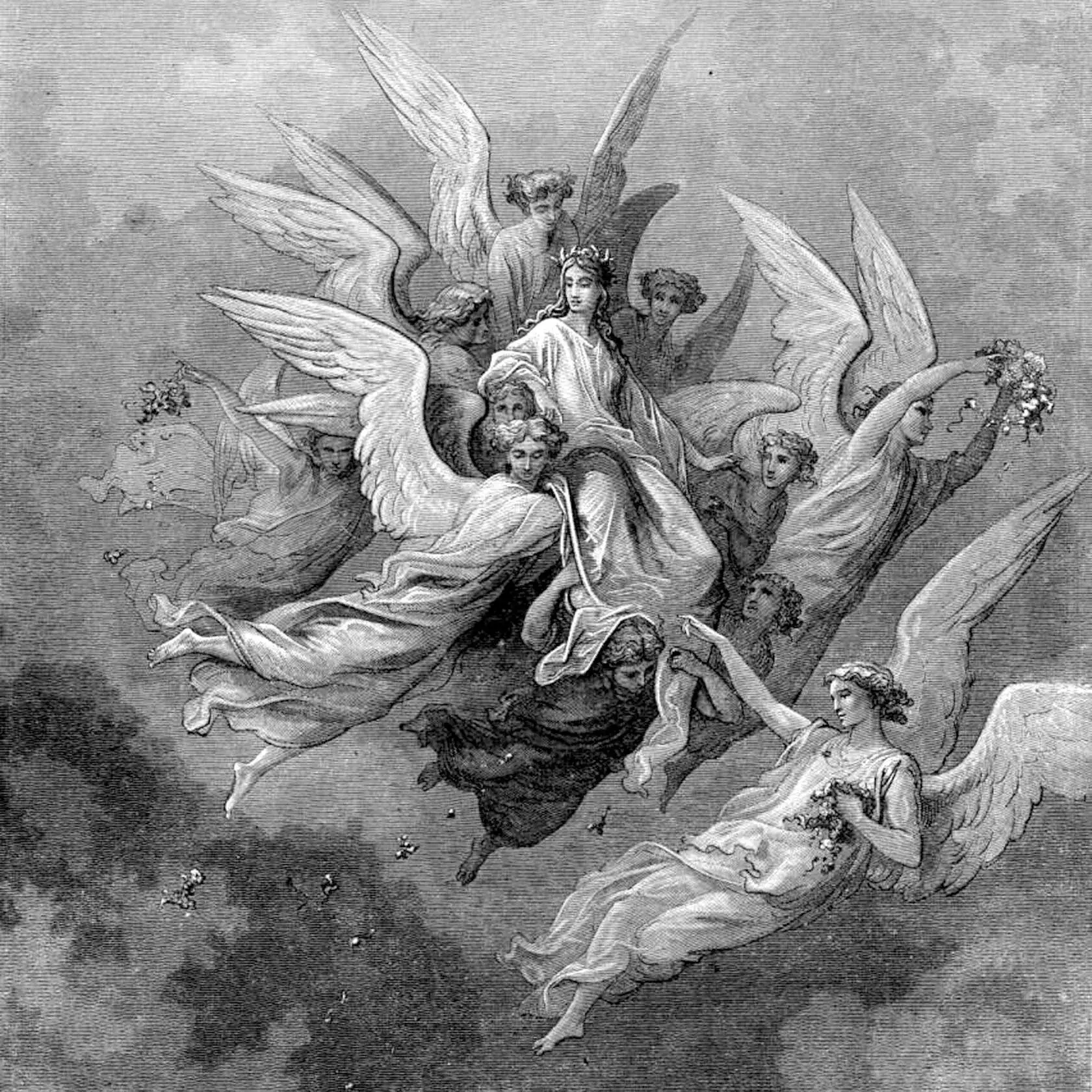
Gustave Doré (1832–1883)
Gustave Doré’s 19th-century illustrations are among the most iconic and widely recognized. His engravings for The Divine Comedy (published in 1861) are dramatic, dark, and highly detailed, capturing the grandeur and horror of Dante’s vision.
Doré’s work has been reproduced in countless editions of the poem and remains a benchmark for Dante illustrations.
William Blake (1757–1827)
The English Romantic artist William Blake created a series of watercolor illustrations for The Divine Comedy late in his life. While unfinished at the time of his death, Blake’s works are celebrated for their imaginative and symbolic interpretations.
His illustrations are held in institutions like the Tate Britain and the National Gallery of Art in Washington, D.C.
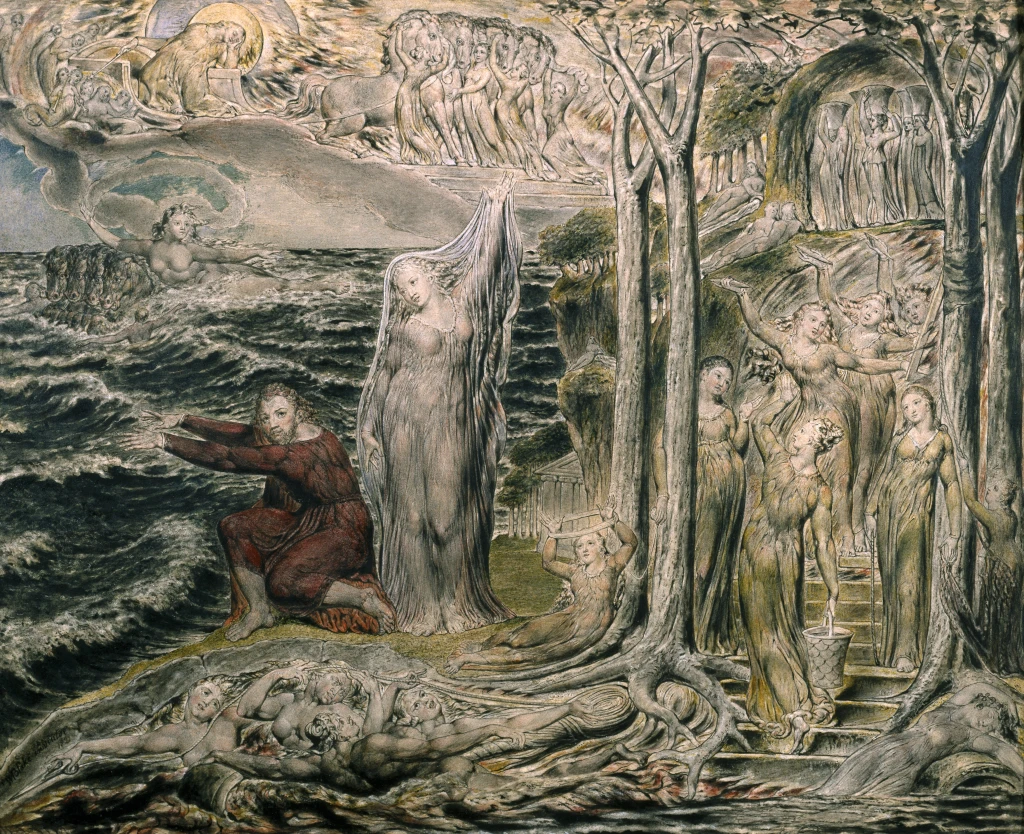
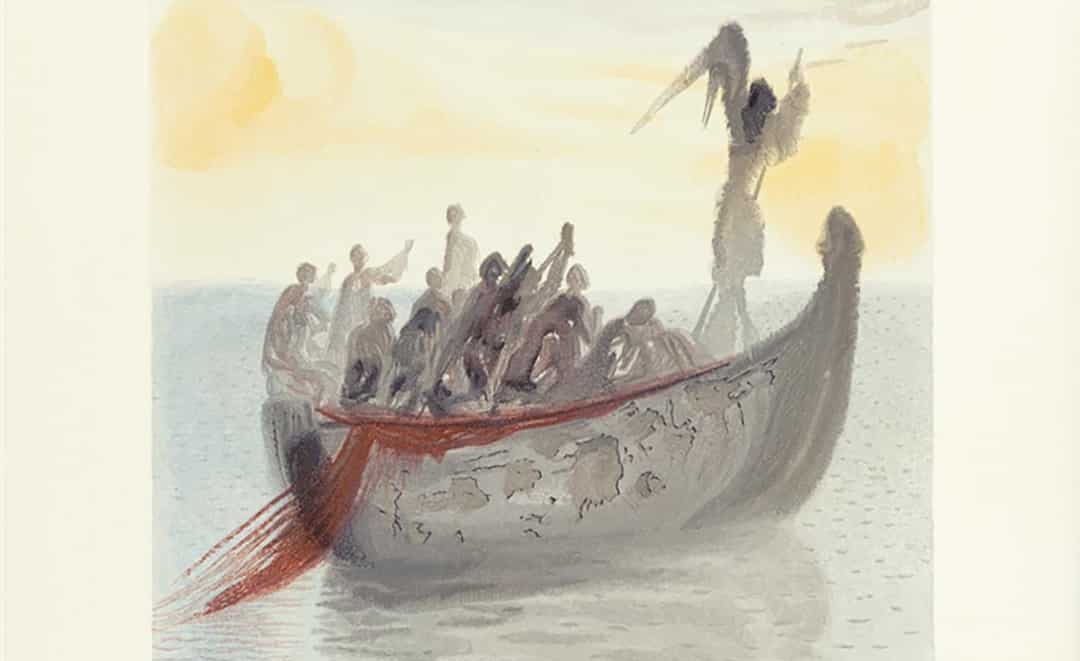
Salvador Dalí (1904–1989)
In the mid-20th century, Salvador Dalí created a series of surrealist illustrations for The Divine Comedy. These works were commissioned by the Italian government in 1950 to commemorate the 700th anniversary of Dante’s birth.
Dalí’s unique style brings a dreamlike, otherworldly quality to the poem, blending surrealism with classical themes.
Mimmo Paladino (1948)
The Italian artist created a series of abstract and expressive illustrations for a 2006 edition of the poem.
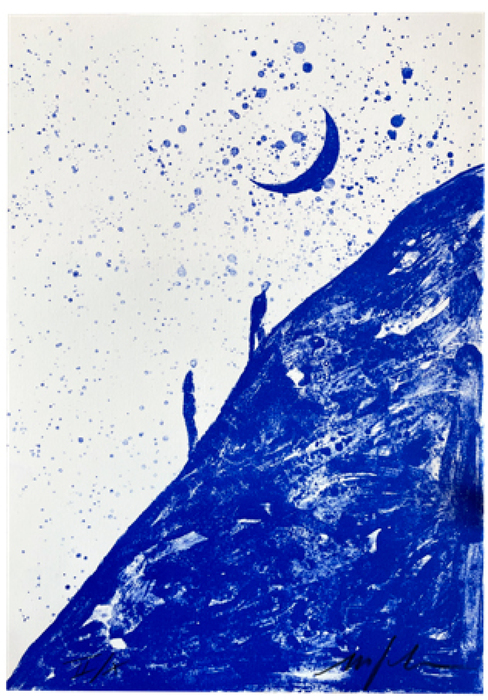
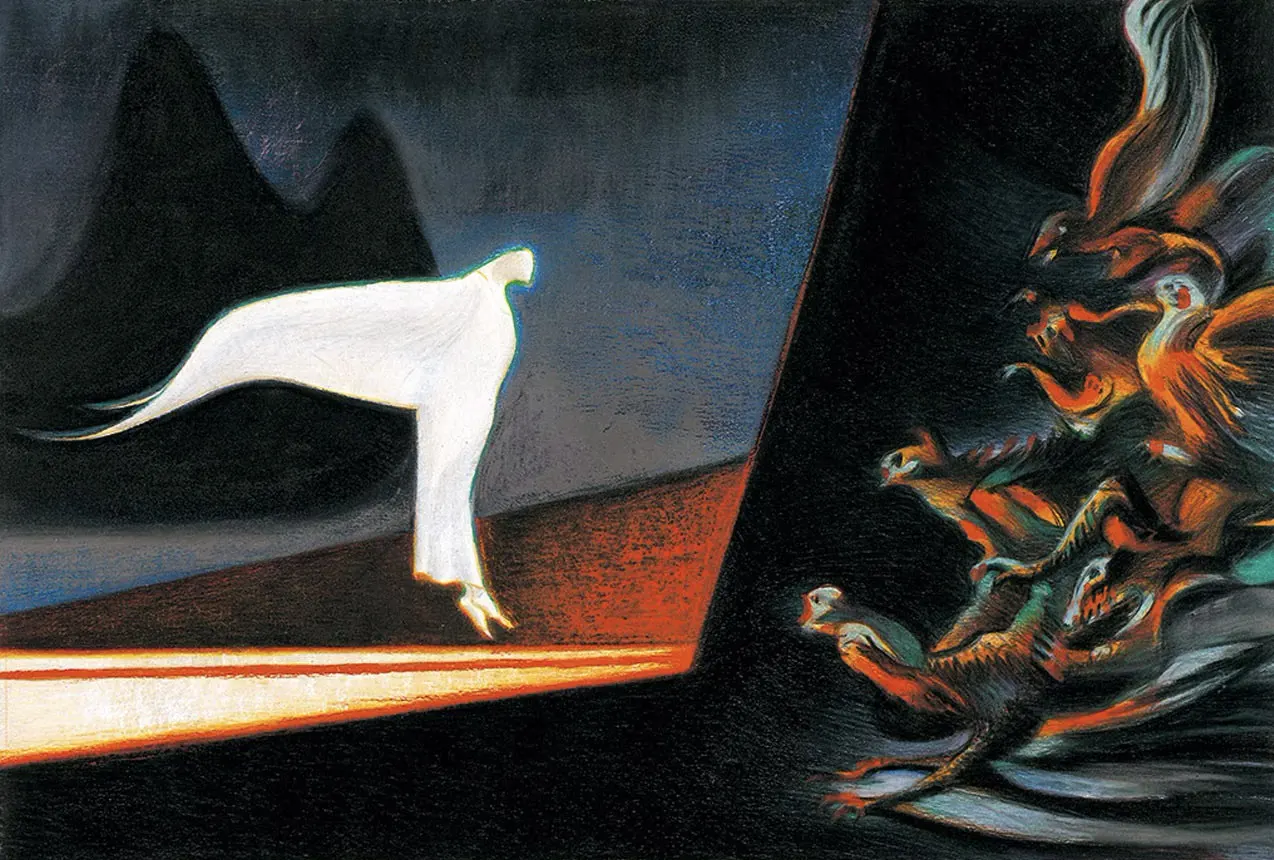
Lorenzo Mattotti (2014)
